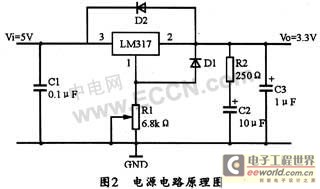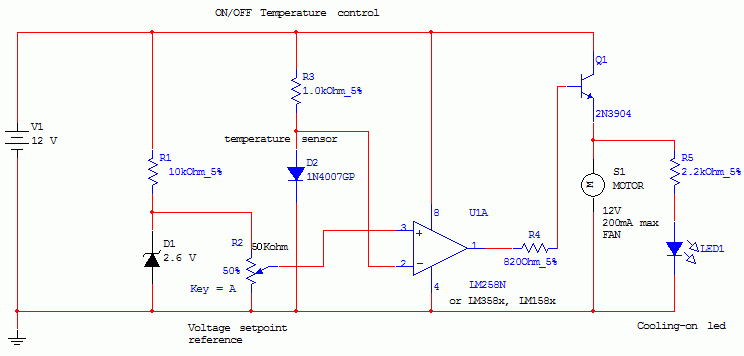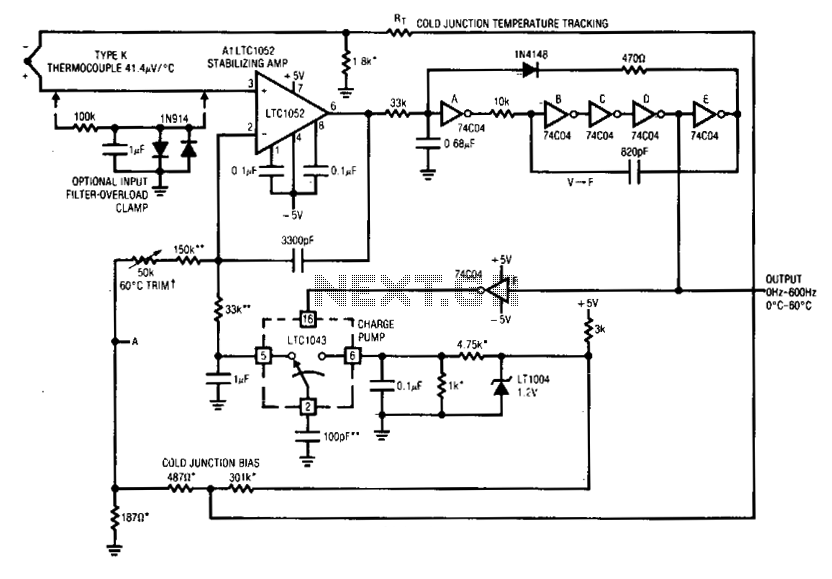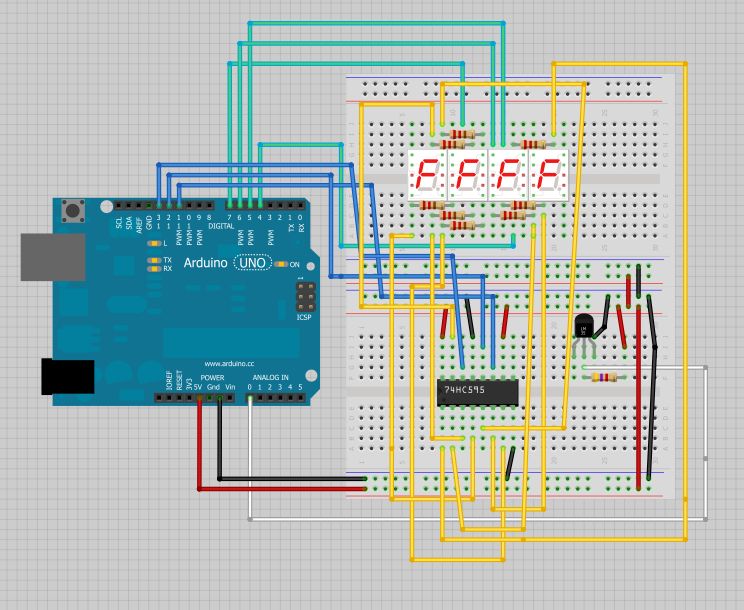
Wireless temperature monitor has data-logging capabilities
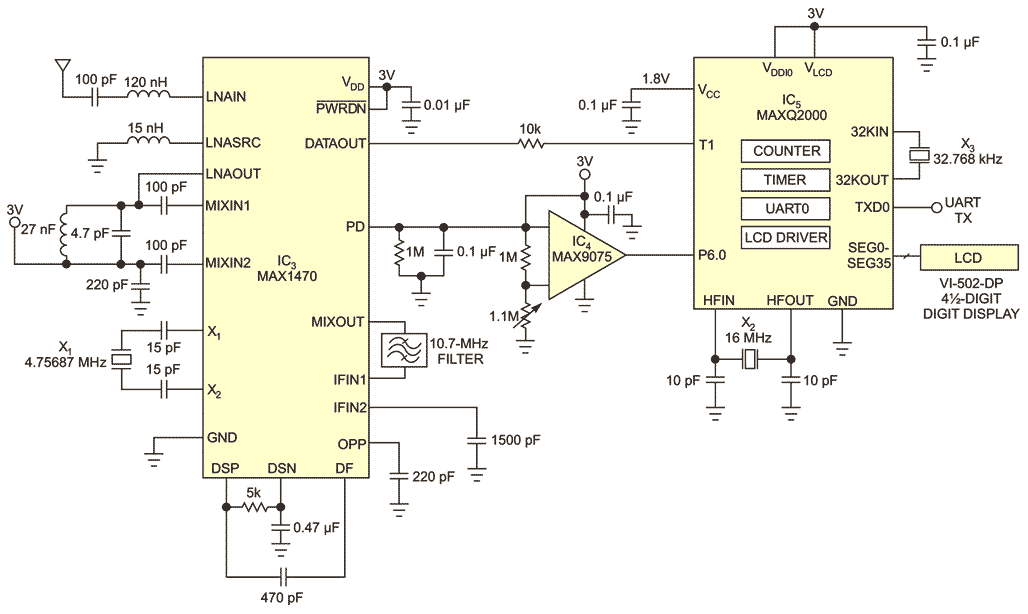
Tom Au-Yeung and Wilson Tang from Maxim Integrated Products describe a method to create a wireless temperature monitoring system using two integrated circuits (ICs). This system can be designed utilizing a local temperature sensor along with an amplitude-shift-keying (ASK) transmitter and receiver pair.
The proposed wireless temperature monitoring system consists of a temperature sensor, an ASK transmitter, and an ASK receiver. The local temperature sensor is responsible for measuring the ambient temperature and converting it into an electrical signal. This signal is then fed into the ASK transmitter, which modulates the signal using amplitude-shift keying. ASK modulation allows for efficient transmission of the temperature data over a wireless link, minimizing power consumption while maintaining a reliable connection.
The ASK transmitter operates by varying the amplitude of a carrier signal to represent the digital data derived from the temperature readings. This modulation technique is particularly effective in low-power applications, making it suitable for battery-operated devices. The transmitter is designed to operate within a specific frequency range, ensuring compatibility with the receiver.
On the receiving end, the ASK receiver demodulates the incoming signal to retrieve the temperature data. The receiver is equipped with a decoder that interprets the modulated signal and converts it back into a format that can be processed or displayed. The receiver can be connected to a microcontroller or a display module, allowing for real-time monitoring of temperature readings.
Overall, this wireless temperature monitoring system offers a compact and efficient solution for applications requiring remote temperature sensing, such as HVAC systems, environmental monitoring, and industrial automation. The integration of the temperature sensor and ASK communication technology enables seamless data transmission and enhances the overall functionality of the system.Tom Au-Yeung and Wilson Tang, Maxim Integrated Products EDN You can make a wireless temps system with two ICs You can use a local temperature sensor and an ASK (amplitude-shift-keying) transmitter/receiver pair to design a simple wireless temperature-monitoring system with. 🔗 External reference
The proposed wireless temperature monitoring system consists of a temperature sensor, an ASK transmitter, and an ASK receiver. The local temperature sensor is responsible for measuring the ambient temperature and converting it into an electrical signal. This signal is then fed into the ASK transmitter, which modulates the signal using amplitude-shift keying. ASK modulation allows for efficient transmission of the temperature data over a wireless link, minimizing power consumption while maintaining a reliable connection.
The ASK transmitter operates by varying the amplitude of a carrier signal to represent the digital data derived from the temperature readings. This modulation technique is particularly effective in low-power applications, making it suitable for battery-operated devices. The transmitter is designed to operate within a specific frequency range, ensuring compatibility with the receiver.
On the receiving end, the ASK receiver demodulates the incoming signal to retrieve the temperature data. The receiver is equipped with a decoder that interprets the modulated signal and converts it back into a format that can be processed or displayed. The receiver can be connected to a microcontroller or a display module, allowing for real-time monitoring of temperature readings.
Overall, this wireless temperature monitoring system offers a compact and efficient solution for applications requiring remote temperature sensing, such as HVAC systems, environmental monitoring, and industrial automation. The integration of the temperature sensor and ASK communication technology enables seamless data transmission and enhances the overall functionality of the system.Tom Au-Yeung and Wilson Tang, Maxim Integrated Products EDN You can make a wireless temps system with two ICs You can use a local temperature sensor and an ASK (amplitude-shift-keying) transmitter/receiver pair to design a simple wireless temperature-monitoring system with. 🔗 External reference
